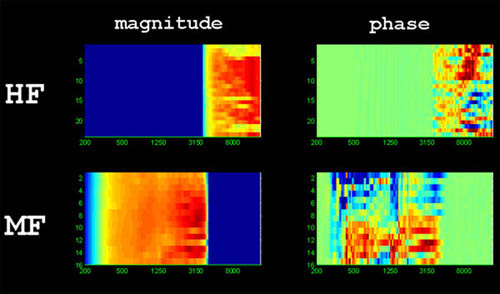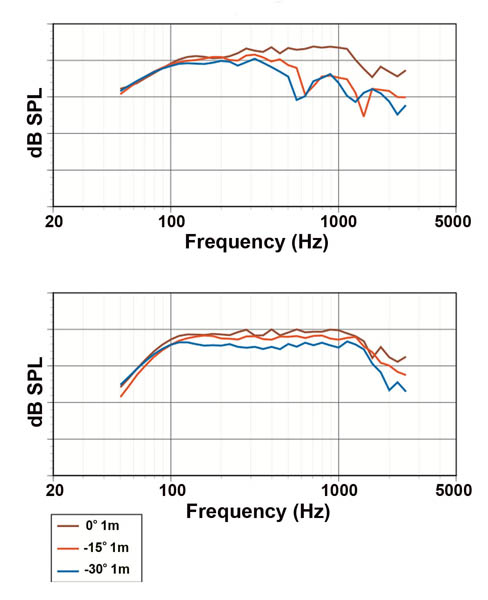
What The Process Can Do
Looking at the first list in the previous section, one might notice that all of the typical prediction parameters that we are used to seeing are strangely absent.
Up until now, we’ve avoided talking about any of the factors that are usually manipulated by the user directly when setting up a sound system (assuming an array), such as:
1) Enclosure splay angle
2) Quantity of enclosures
3) Type or configuration of each enclosure
4) Trim height or array position
5) Signal processing or equalization (both in terms of filters chosen, and degree of control or zoning within an array)
In the new optimization process, these are the variables that the computer manipulates in pursuit of the specified target criteria. The user needs only to define the desired end- result, and the computer determines the combination of variables that best fulfill the target criteria.
No longer do we need to toil endlessly with the physical parameters of the array (except to the extent that they need to be constrained in some way) to determine how these parameters translate into acoustical performance. With the benefit of computers, we can now work backwards and avoid dealing with the mechanics directly.
So far, we have defined the “new optimization” technique and the benefits that it can provide, both in terms of performance and ease of use. The next challenge is to define the way that the user and system interacts. How is the system to understand what performance goals are most important, and their order of priority?

The User Interface
Because we are greatly reducing the users’ involvement in the details of the decision-making process, it is critical that the program be able to accurately understand the priorities.
For the manufacturers (operating under the assumption that the product manufacturer is also creating the user interface), the challenge is to direct the user to provide the core input data in the easiest and most accurate way possible.
As an example: a program that provides open input fields with no limit on precision (i.e. the number of digits after the decimal point) for all parameters would allow the user to place arbitrarily high performance markers in every category. This doesn’t help the program because the system is attempting to balance goals and compromises; it cannot completely fulfill all of the needs simultaneously. There must be trade-offs, and it is the job of the user interface to convey these so that, when the optimization is performed, the results produced are as useful as possible.
But how is the user to understand these trade-offs? The emphasis in the interface must be on helping the user interpret their options quickly, easily and accurately. For example, the program must be able to convey that if you want the maximum amount of attenuation outside of the audience area (to minimize environmental impact and avoid a noise violation, for example), this may be at the cost of some consistency within the audience area.
The question is one of degree and not absolutes; will the user accept +/- 5 dB versus frequency variation in exchange for a 12 dB broadband reduction outside of the audience area? What about +/- 8 dB and 16 dB, respectively? Note: these numbers do not represent predicted or measured values and are only used for the purposes of discussion.
Some manufacturers have picked up on these ideas already. For example, one product utilizes software “sliders” to manipulate the target parameters, and makes them ‘interactive’ whereby the setting of one parameter constrains the values of the others.
